Within the mountains of the driest state within the U.S. lives a big mammal mostly related to wetlands and willows.
Moose migrated on their very own to Nevada’s Jarbidge Mountains a long time in the past, and since then, their numbers have steadily elevated. Their success isn’t as a result of they discovered to outlive in sizzling, dry locations, however as a result of the large, warm-blooded animal lined in darkish brown fur discovered moist, cool microhabitats the place they may make a residing.
Moose aren’t alone of their dependence on microclimates, says Mark Anderson, The Nature Conservancy’s director of conservation science for the North America Area.
“All of us expertise local weather very domestically,” says Anderson. “Vegetation are probably the most tuned in, however nearly all of nature is tuned into microclimates.”
In consequence, if any residing being, from micro organism to massive mammal, occupies an space with considerable microhabitats, it can have extra of a buffer from broader adjustments in temperature and precipitation.
Extra microclimates—extra variation in every little thing from rock formations to vegetation—the higher species will have the ability to survive the present and future local weather disaster.
What A Moose Desires
Nevada moose biologists perceive why persons are puzzled by the species’ success in a state recognized for baking deserts and luxurious casinos.
However northern Nevada boasts mountains with rivers (albeit restricted ones), aspen stands, willows, and meadows in a position to assist the 800-pound creatures. Nevada Division of Wildlife biologist Cody McKee guesses moose arrived within the state from southern Idaho and lived in relative isolation till the final decade when their numbers exploded from about 55 moose observations a yr to over 150.
“In the event you look again at historic growth of moose, they had been the most recent deer species and the newest to cross the Bering Land Bridge,” McKee says. “They’re nonetheless increasing into appropriate habitat in that post-glacial retraction.”
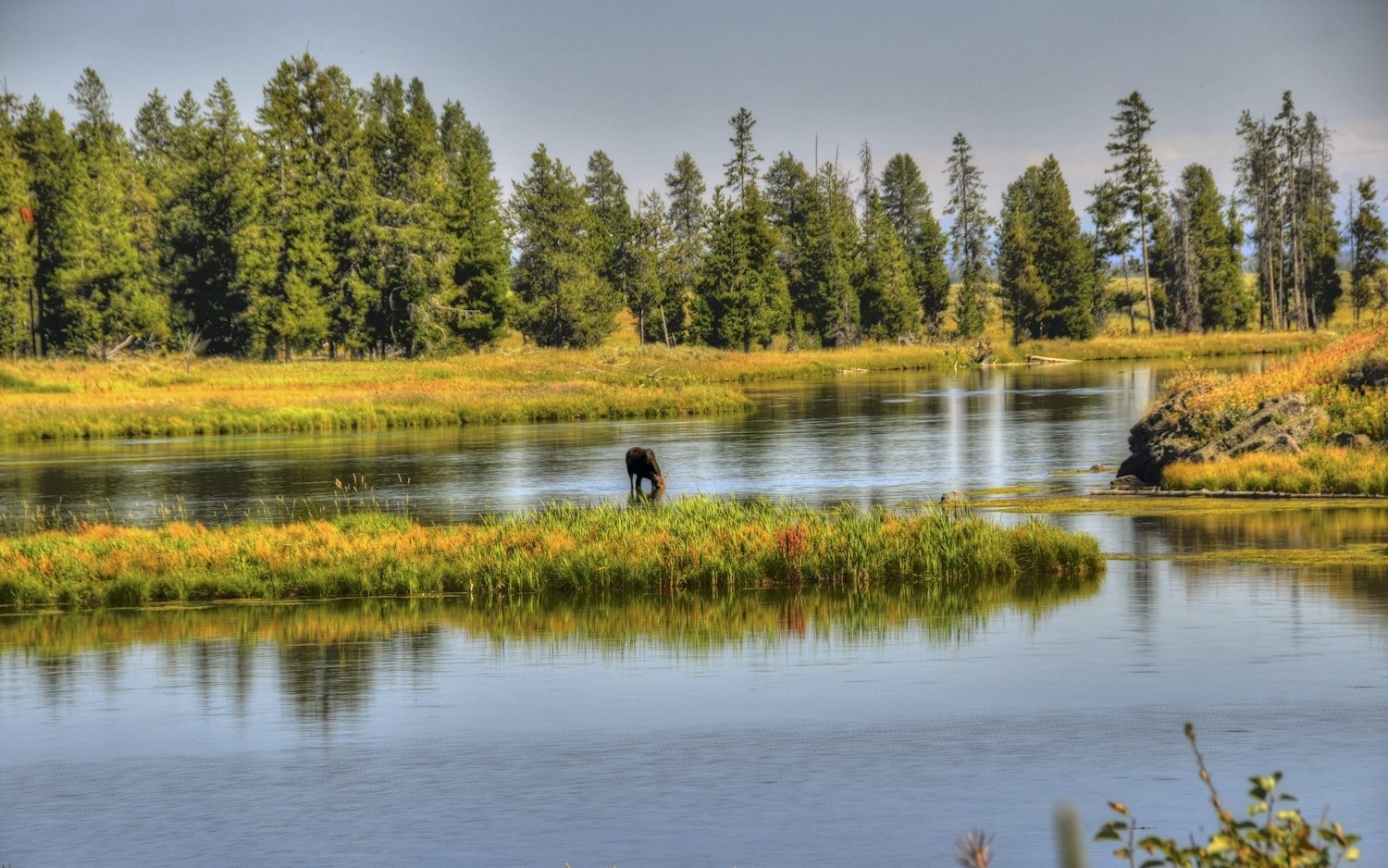
Their existence in Nevada is without doubt one of the greatest examples of the significance of microclimates, as a result of what moose want is extra generally related to Alaska than Nevada.
Moose require not simply good meals from willows and different shrubs, however in addition they want moist soil and shade for reprieve from the warmth of the day, says Rebecca Levine, a College of Wyoming analysis scientist.
It’s as a result of moose, not like elk and deer, have few choices for staying cool. First, they’re greater bodied, which makes it tougher for them to shed warmth. Second, and maybe even extra importantly, moose don’t sweat. If they start to overheat, their solely choice to drop their inner temperature is to discover a cool place or pant (and panting isn’t a terrific possibility in the event you contemplate the floor space of a moose tongue in comparison with the whole animal).
“On a sizzling day, you won’t see moose die instantly from warmth, however warmth is dying by a thousand cuts for them,” Levine says.
A very sizzling moose is a harassed moose that might be extra prone to parasites and illness from creatures like ticks. Warmth additionally makes moose—very like people—torpid and fewer excited about consuming, which additionally weakens their immune techniques and offers them much less vitality to outlive an upcoming winter or reproduce and look after younger.
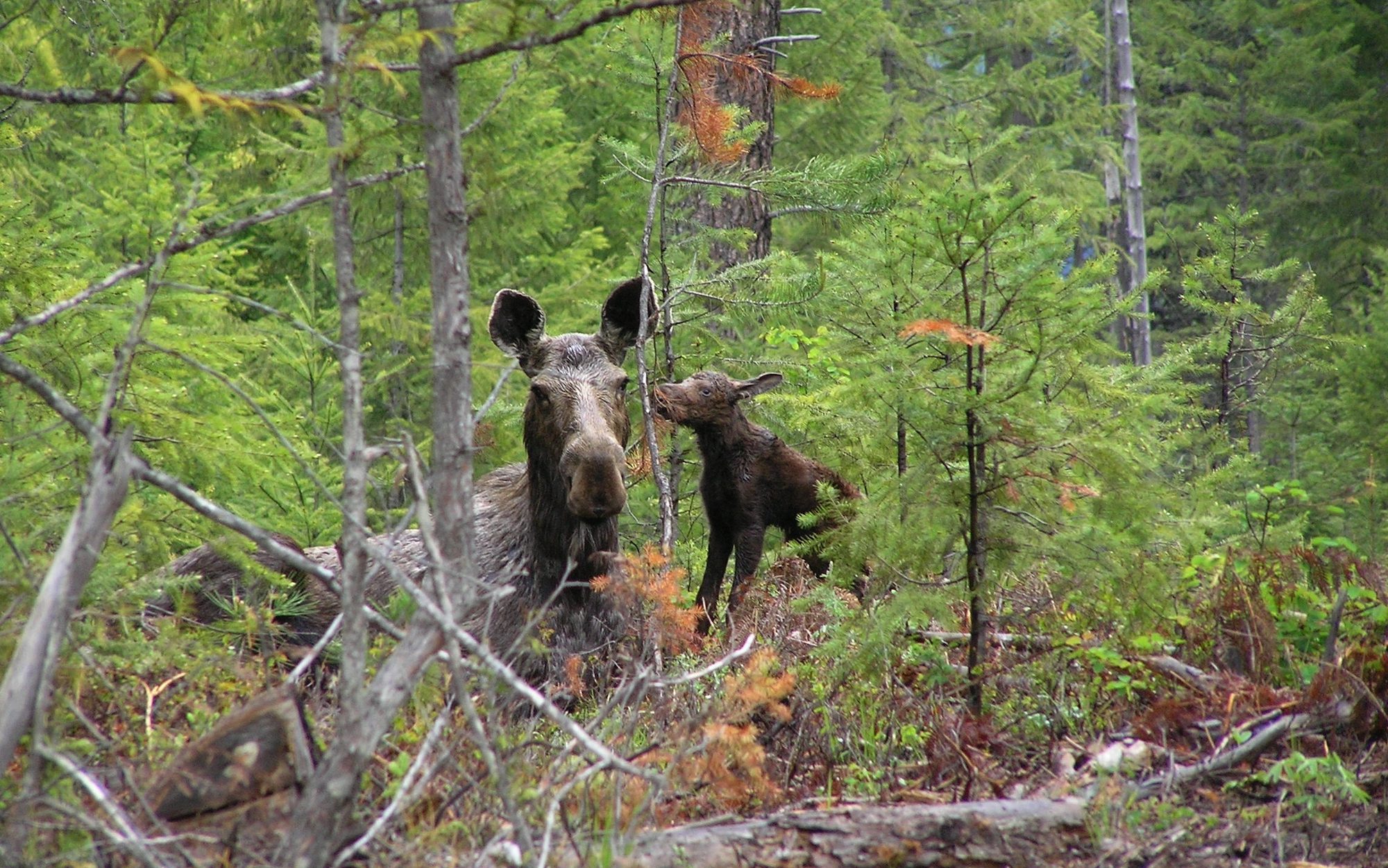
However how does understanding microclimates differ from merely figuring out what a creature likes to eat and the place it needs to spend time?
If we are saying moose reside in river bottoms as a result of they prefer to eat willows, we’re ignoring an necessary piece of moose ecology, says Kevin Monteith, a College of Wyoming professor.
Moose can eat loads of different vegetation than simply willows. They select river bottoms as a result of these areas present meals and climatic refuge within the type of moist soil and funky shade.
“We don’t know the best way to enhance moose habitat if all we’re doing is concentrating on their meals and we fail to notice a part of their habitat necessities,” he says.
Primarily, determining how animals regulate their physique temperature and discover meals might help goal future conservation efforts.
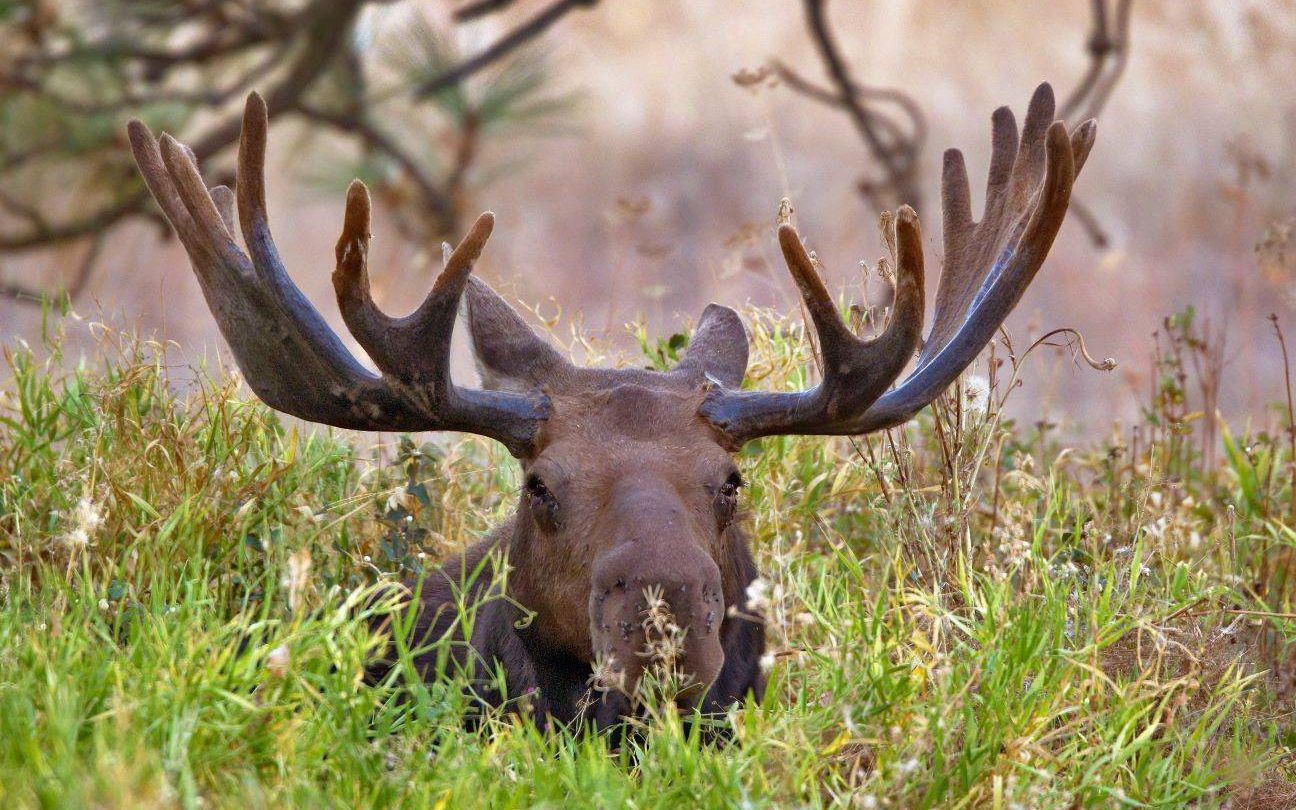
When A Pika’s Fridge Thaws
Nestled amongst rocks excessive above the moist, shady microclimates the place moose name residence, reside a 6-inch tall, little brown lagomorph with satellite tv for pc dishes for ears and a penchant for constructing hay piles.
American pikas reside all through mountains within the West, and just like the polar bear or wolverine, have been known as harbingers of local weather change. They’re a species that depends on considerable forage they retailer and eat all through winter and sufficient snowpack to insulate their chilly properties.
They’re a outstanding animal, largely due to their potential benefiting from temperature-controlled microclimates on harsh, wind-swept mountain slopes.
And the circumstances that assist lots of these microhabitats are at risk, says Erik Beever, a USGS Northern Rocky Mountain Science Middle analysis ecologist, not from habitat fragmentation or launched illness, however from local weather change.
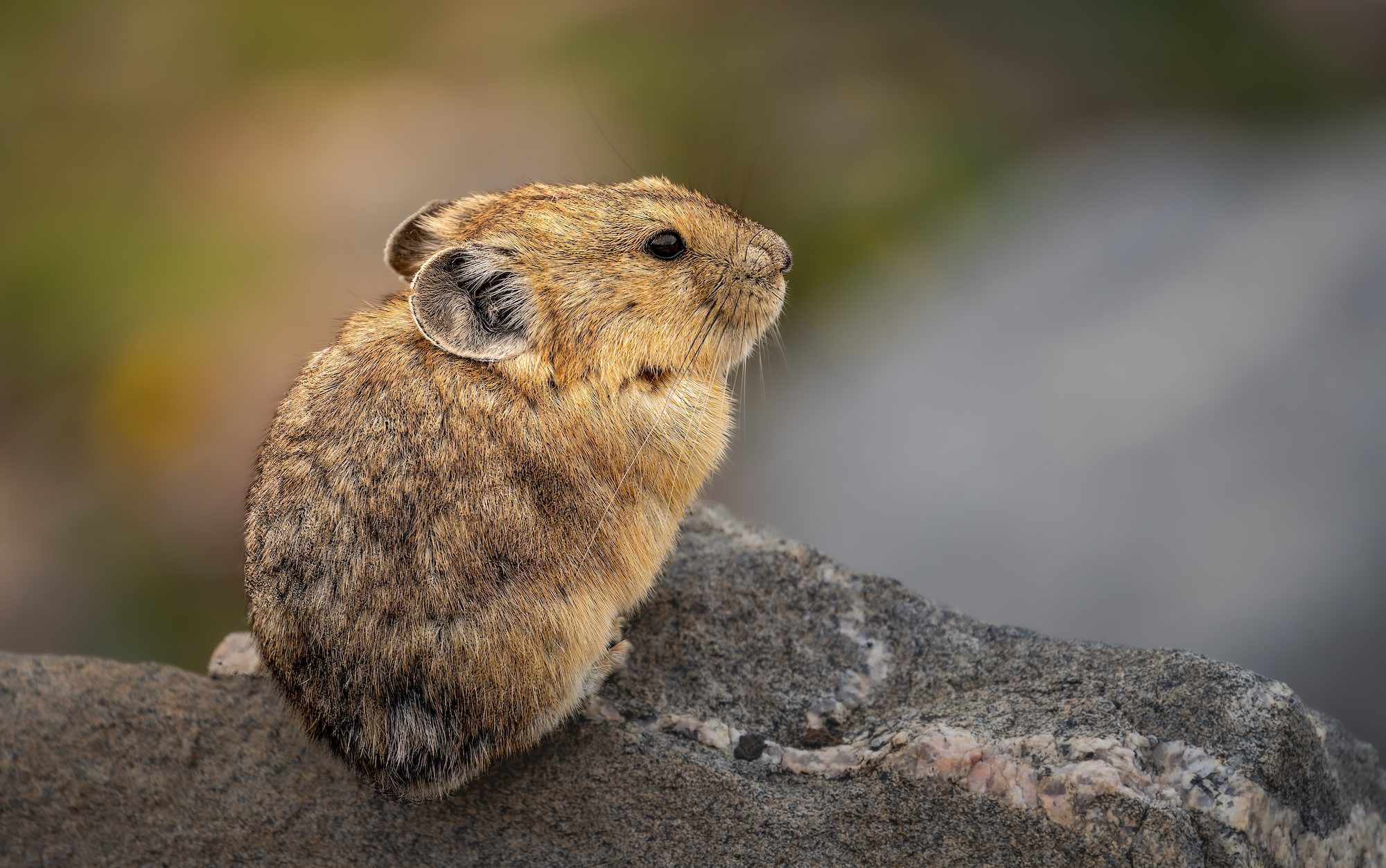
Beever has spent years strolling talus slopes scanning for pika properties. He’s discovered a whole bunch and even hundreds of completely good pika homes, could with proof of outdated pika dens, that weren’t getting used.
Issues for pikas are multipronged: Both the encompassing forage dries up and disappears, snowpack thins to the purpose the place pikas freeze within the winter, the subsurface ice beneath many talus slopes thaws, eliminating their pure air-con, or they will’t discover sufficient water.
A pika’s resting temperature is round 104 levels Fahrenheit. On common, heat it up by 5 levels and the creature dies of warmth exhaustion. Cool them down by a lot, and so they freeze.
“The take residence message is that conserving issues like moss cowl and caves and north-facing elements and structurally advanced habitats are actually necessary for conserving species like this which are local weather delicate,” Beever says. “The problem I’d say is that we don’t understand how quick circumstances in these microrefugia are altering, and in the event that they’re altering on the identical velocity because the regional local weather, extra slowly or extra shortly.”
However at the least in some locations, these sorts of microhabitats may very well be what present a buffer from bigger climatic adjustments.
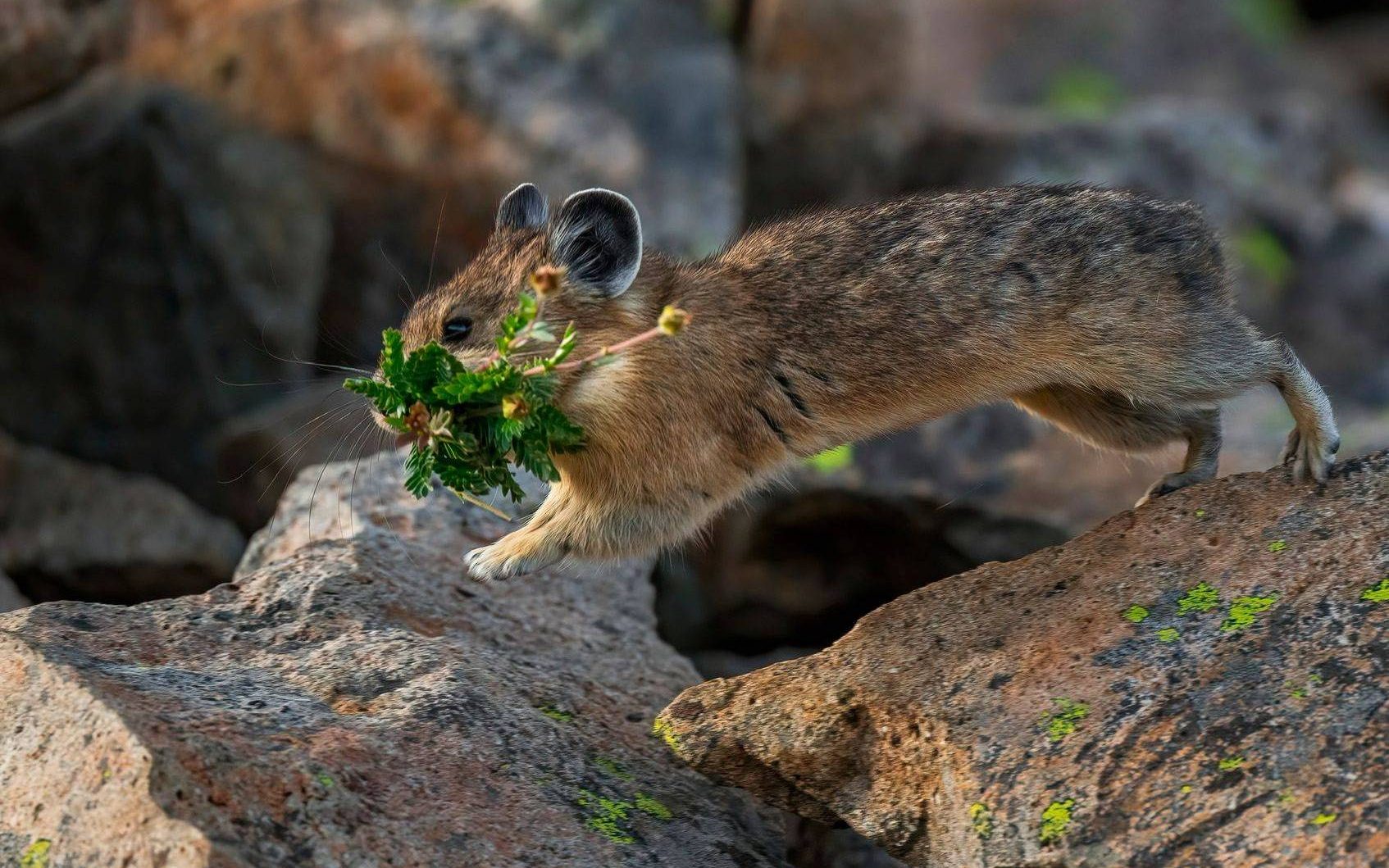
Mapping Microclimates
Have a look at a map of the U.S., and the majority of the apparent microclimates sit in the identical locations as mountain ranges. It is sensible, Anderson says, as a result of with mountains come variations in temperature, humidity, elevation, and vegetation. However mountains aren’t the one spots teeming with microclimates, and because of this, species.
Take the southeastern U.S coastal plain, which can look flat from the air, however up shut is an infinite sequence of river bottoms and interludes.
“That’s the place the resilience is inbuilt,” he says.
And he ought to know. Anderson has spent the final 15 years making maps for TNC that spotlight the nation’s microclimates, the areas the place butterflies and bumblebees, spruce timber and salamanders, and moose and marmots make their properties.

These are the climate-resilient lands. Those the place if a species will get too sizzling, it may well discover shade beneath a rock or a tree, or if a species is just too chilly it may well discover an open, south-facing slope to entry the solar. A moose, for instance, may wander from one marshy meadow to a different, or a butterfly larvae may scoot 20 or 30 ft to chase the solar.
However we don’t must be researchers to know the significance of variation. Take a thermometer exterior on a midsummer day and the soil temperature between numerous spots on a panorama may fluctuate by 15 levels relying on the topography.
These sorts of variations will permit species to thrive in a altering future. It’s additionally, at the least partly, why winding, undammed rivers foster and breed extra considerable species than slim, channelized ones.
The maps of microclimates—from dramatic Rocky Mountains to the Alabama coastlines—give Anderson hope for the globe’s biodiversity. We’re quickly shedding species, however by defending and connecting microhabitats, we would give these species that stay at the least a little bit little bit of a buffer within the face of warming temperatures and fluctuating precipitation.

